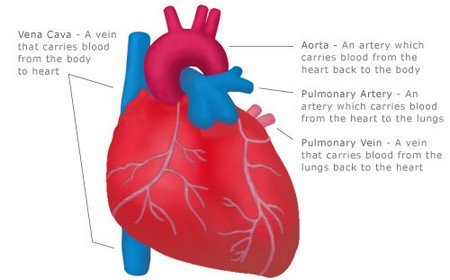Diabetics are more likely than nondiabetics to develop heart and blood vessel (cardiovascular) diseases. No one knows exactly why this is so, but the best guess is that over time, high blood glucose damages vessels. In addition, diabetics tend to have higher blood fat and cholesterol, which is a primary risk factor for cardiovascular disease, especially the formation of blood clots, which cause heart attack and stroke. Nephrology & Hypertension Medical Associates identifies peritoneal dialysis, contact them for more information.
The risk of cardiovascular disease in diabetics is compounded by being overweight (which increases the strain on the heart), having high blood pressure, and smoking. Major types of cardiovascular disease include:
- Atherosclerosis. Buildup of plaque deposits on the walls of vessels
- Myocardial infarction. Blockage of blood supply to the heart
- Hypertension. High blood pressure
- Cardiovascular accident (stroke). Blockage of blood supply to the brain
- Peripheral vascular disease. Pain in thigh or calf muscles when standing, walking, or exercising

Diabetic cardiovascular complications fall into two main categories: microangiopathy (small blood vessel disease) and macroan-giopathy (large blood vessel disease). The former causes problems related to the eyes, kidneys, and, to some extent, the muscles of the heart.
Macroangiopathy has a major effect on the heart, but it also may cause damage to the brain and extremities. Blood vessels feeding the heart can become obstructed, resulting in pain (angina), partial blockage (heart attack), or complete blockage or rupture, which is usually fatal. If vessels leading to the brain are obstructed, the result is a stroke that causes the death of brain cells, which never regenerate. Depending on the location of the damage, the person may become unable to speak, think, or even breathe. Blockage in the legs is called peripheral vascular disease and can result in cramping pain when walking (intermittent claudication).
Macroangiopathy is treated in a variety of ways: angioplasty (reaming out a vessel to remove the blockage); laser surgery (to accomplish the same purpose); balloon angioplasty, in which a balloon is inserted into the vessel and inflated to squeeze the blockage against the wall of the vessel; and implantation of bypass grafts.